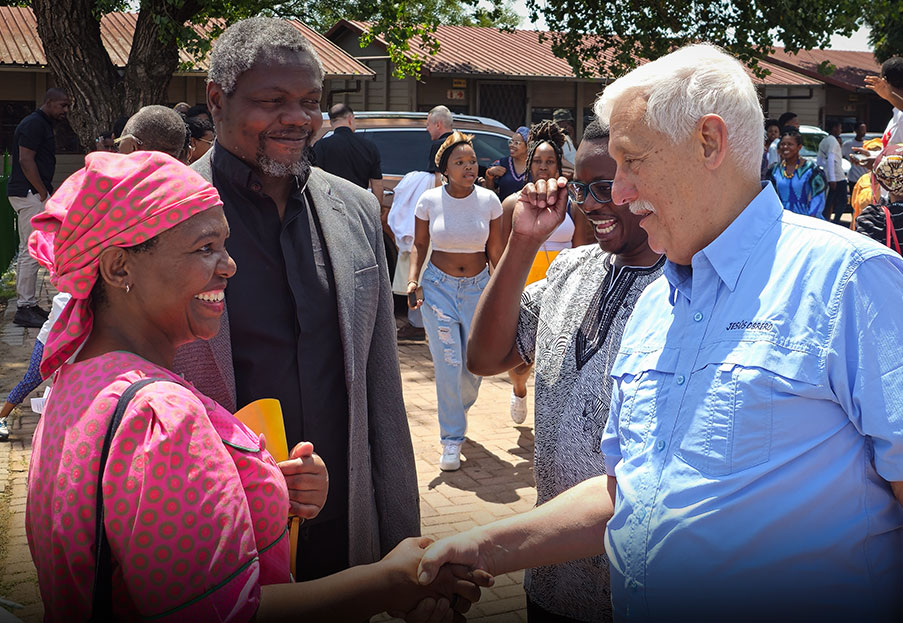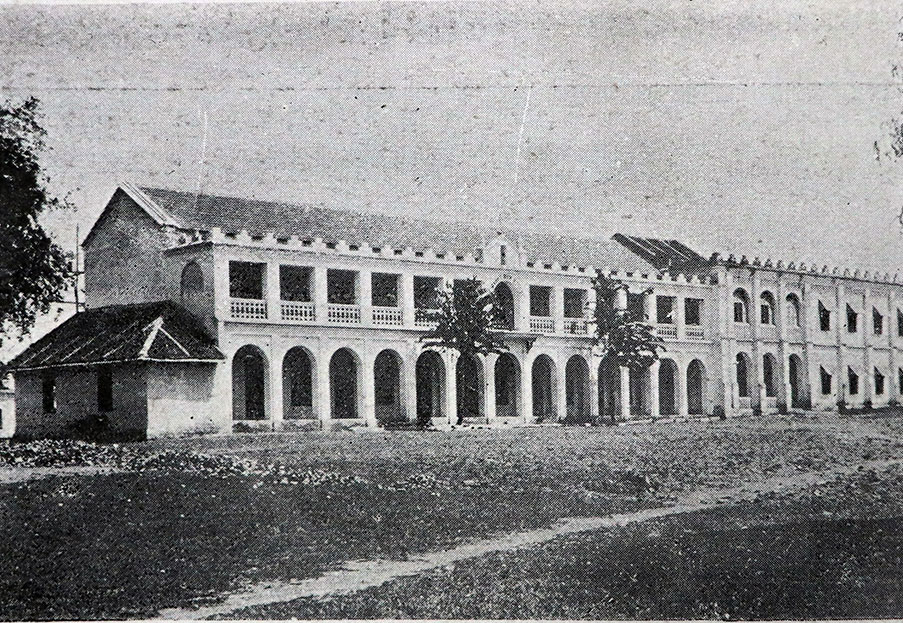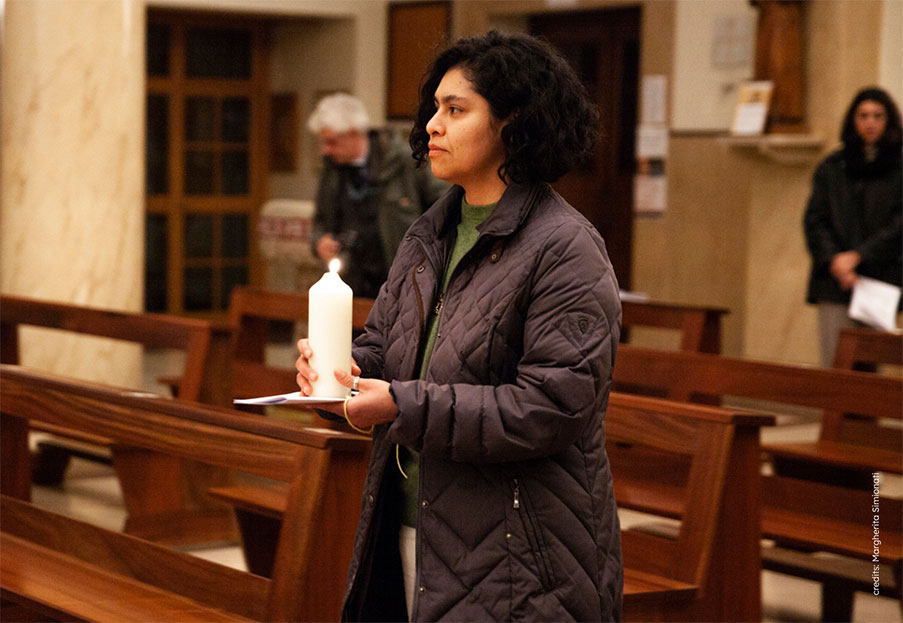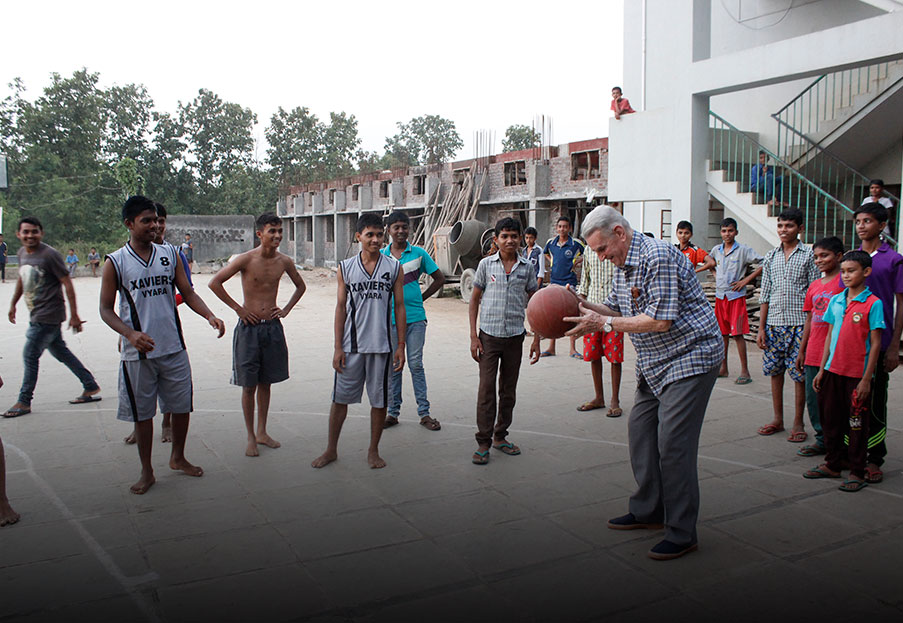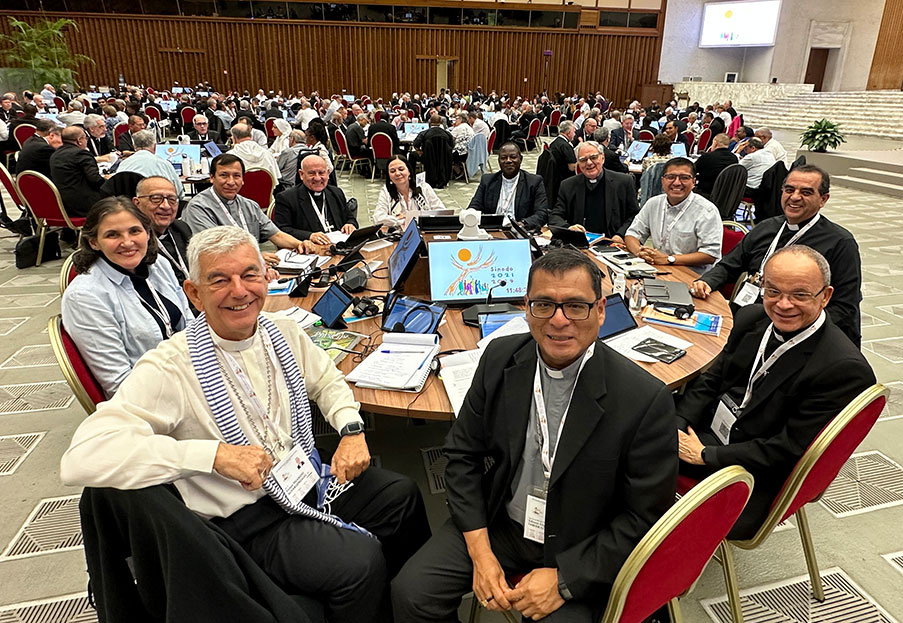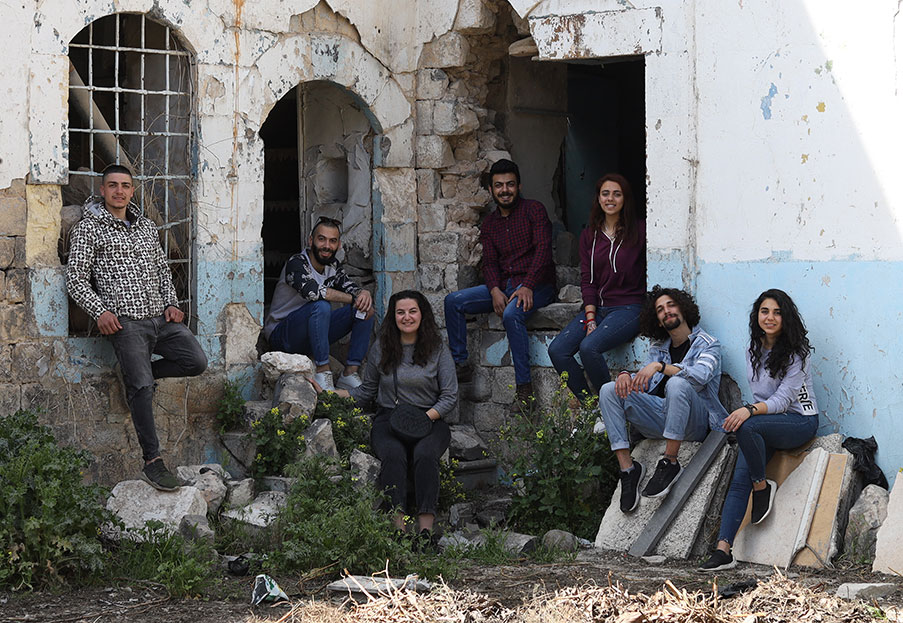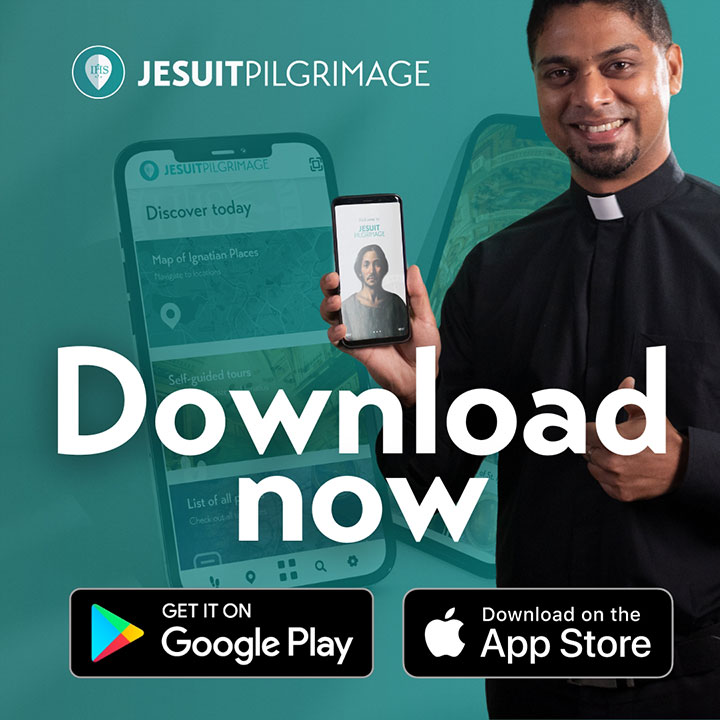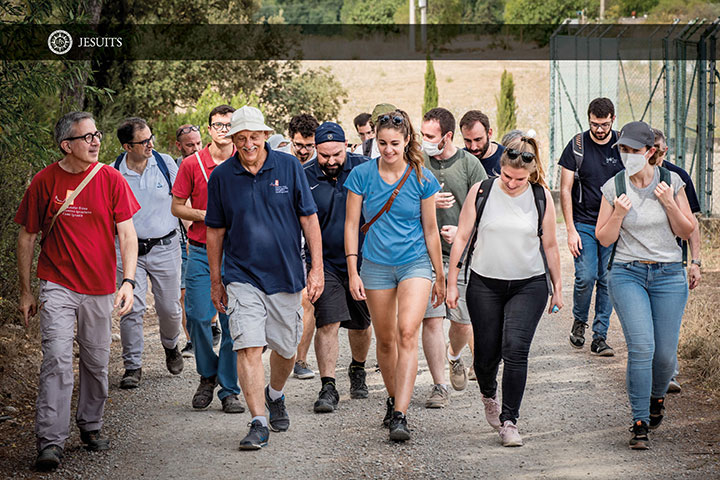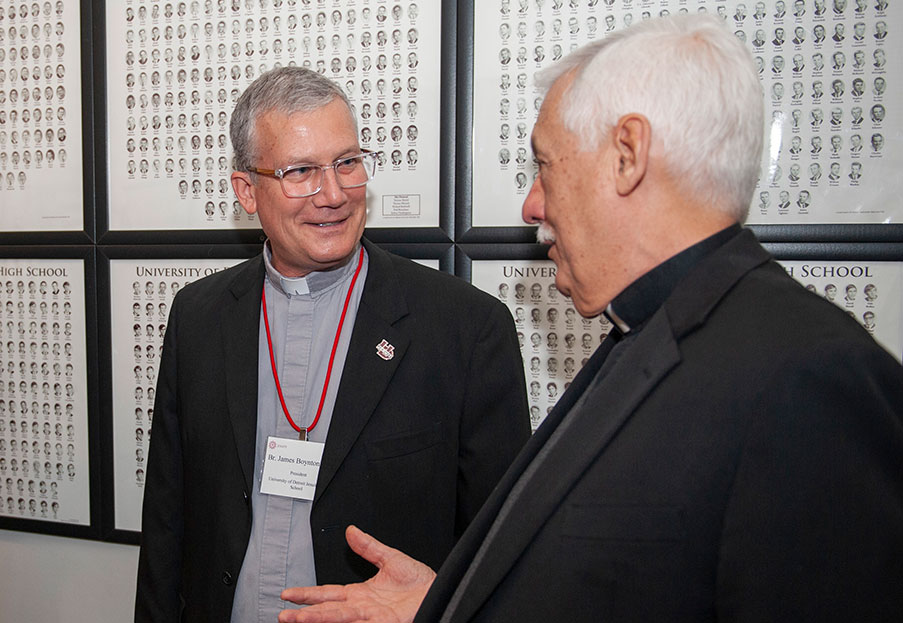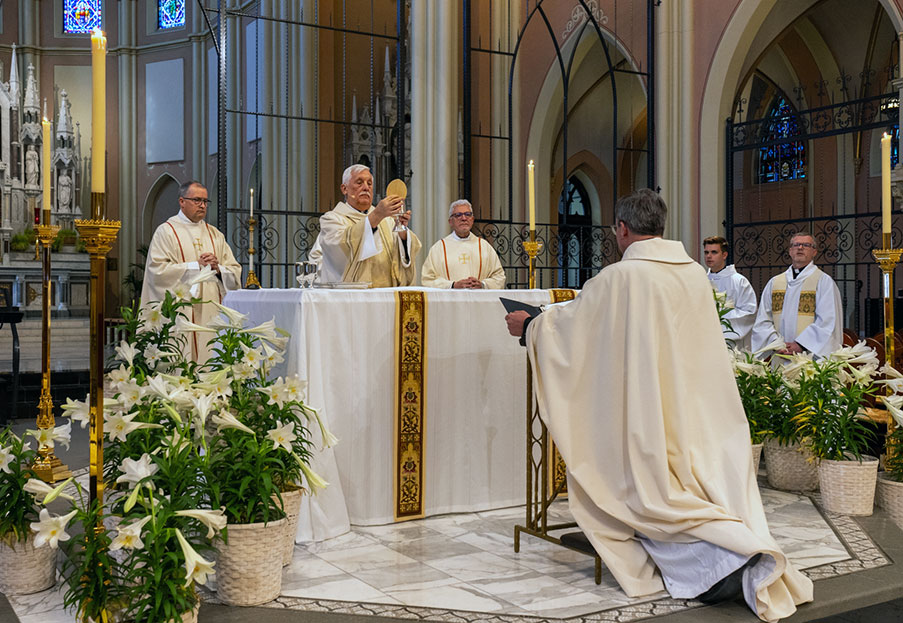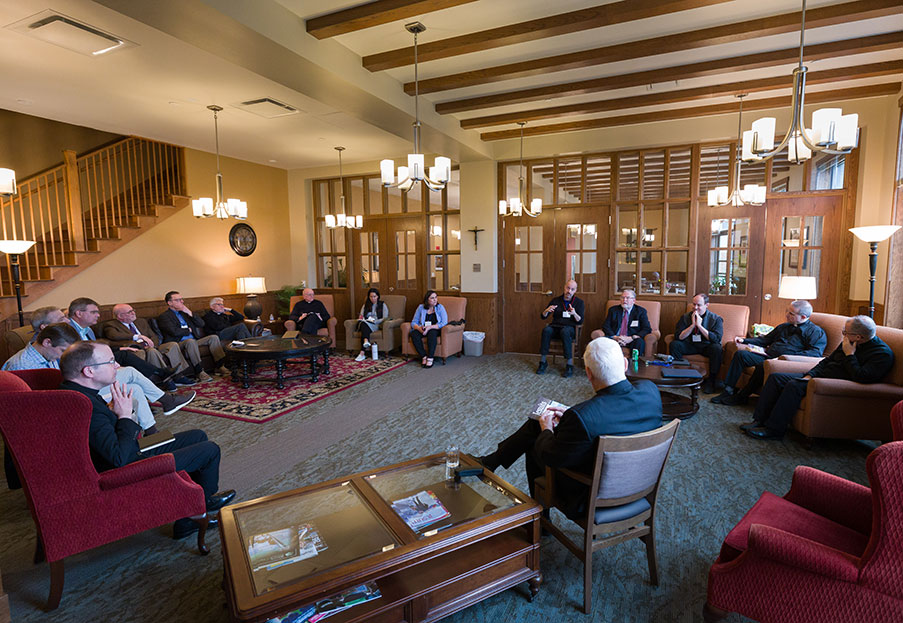Padre Kino, the missionary on horseback, recognized by the universal Church
In Mexico and the southwestern United States the figure of the missionary and scientist Eusebio Francesco Chini is well known. In this region of North America, he is usually called Padre Kino, an adaptation of his surname that he himself introduced. The outstanding qualities of this Jesuit—“his heroic virtues,” in the expression used by the Congregation for the Causes of Saints—have now been recognized at the level of the universal Church. In fact, Pope Francis authorized the publication of the decree recognizing the heroic virtues of Father Kino on 10 July. This is the path that leads to the next stage, that of beatification.
Born in Segno (Trentino, Italy) in 1645, Eusebio
Chini studied with the Jesuits in Trento and in Hall, in the Austrian Tirol. He
joined the Society of Jesus in 1665 in Landsberg (Bavaria, Germany). He studied
in various universities in southern Germany and was ordained a priest in 1677. Assigned
to the missions, he arrived in Mexico in 1681. Six years later, in 1687, he was
stationed in Pimería Alta, which for 24 years served as the centre from which
he carried out his work of evangelisation and scientific activity. He explored
the country tirelessly on horseback; it is estimated that he traveled some
30,000 km. He died in 1711 in Magdalena (Sonora, Mexico).
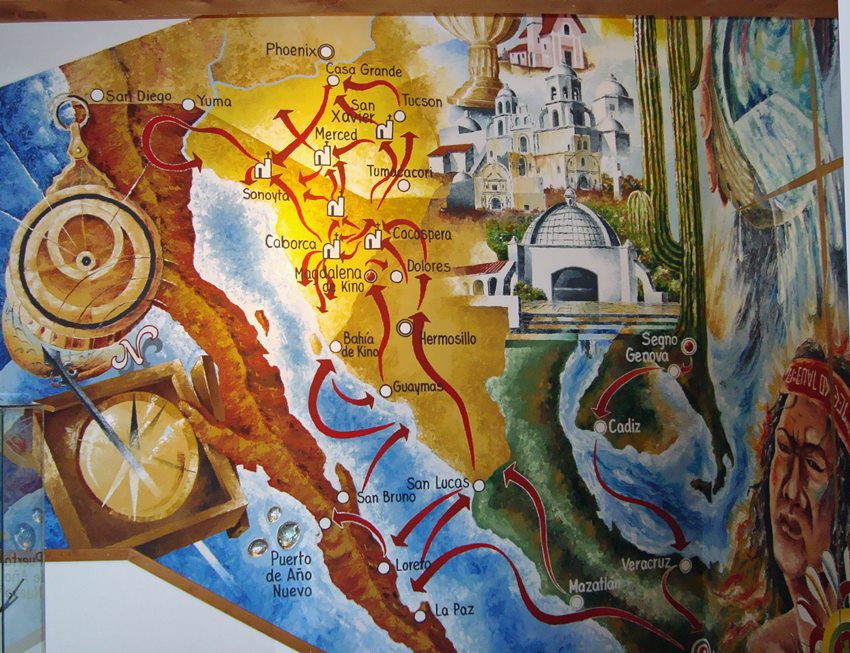
As a missionary, Father Kino was convinced of the need to improve the living conditions of the indigenous people. He therefore promoted the economic development of the Pima people in the state of Sonora in northern Mexico. He taught them cattle breeding, agricultural methods and iron work. He was the first to bring the gospel to this region. On the social level, he promoted the dignity of the indigenous people, and he opposed the compulsory labor in the silver mines —carried out under almost impossible conditions—that the Spanish monarchy imposed on the “Indians”.
Father Kino also distinguished himself in
astronomy and geography; he demonstrated that Baja California was a peninsula,
not an island, as many believed until then. In the United States, he is
considered the “founding father” of Arizona, and his statue can be found in the
Capitol building in Washington DC. The figure of Father Kino represents both
the transmission of Christianity and the human promotion of the indigenous
peoples.
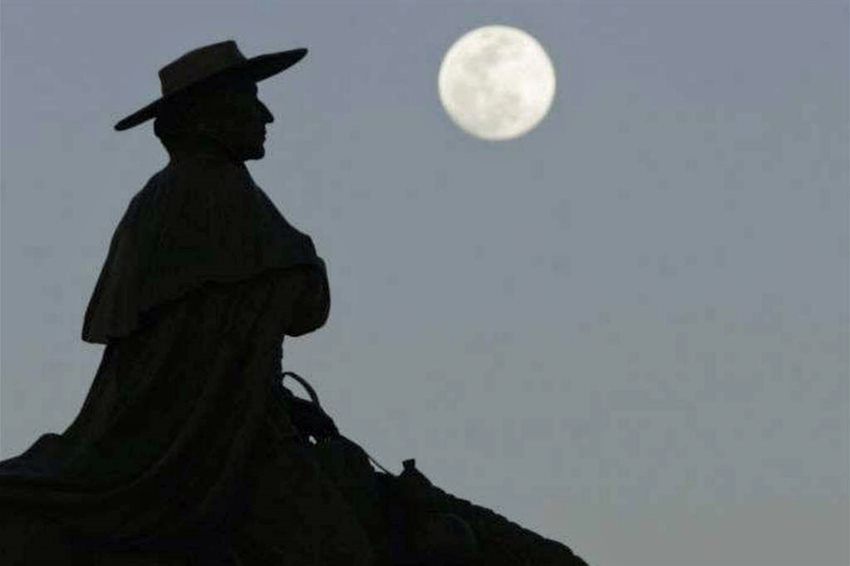
Father Kino’s commitment to evangelization and
social promotion still echoes today in the Kino
Border Initiative,an important apostolate conducted on both sides of the
Mexican-US border by six Catholic organizations. These are the Jesuit Provinces
of USA-West and Mexico, the Jesuit Refugee Service-USA, the Dioceses of Tucson
(Arizona) and Hermosillo (Mexico) and the Missionary Sisters of the Eucharist. The
objectives of the Kino Border Initiative
are to accompany migrants in precarious situations and to promote solidarity on
the border of the two countries. The project also advocates for the rights and
dignity of migrants and asylum seekers.
